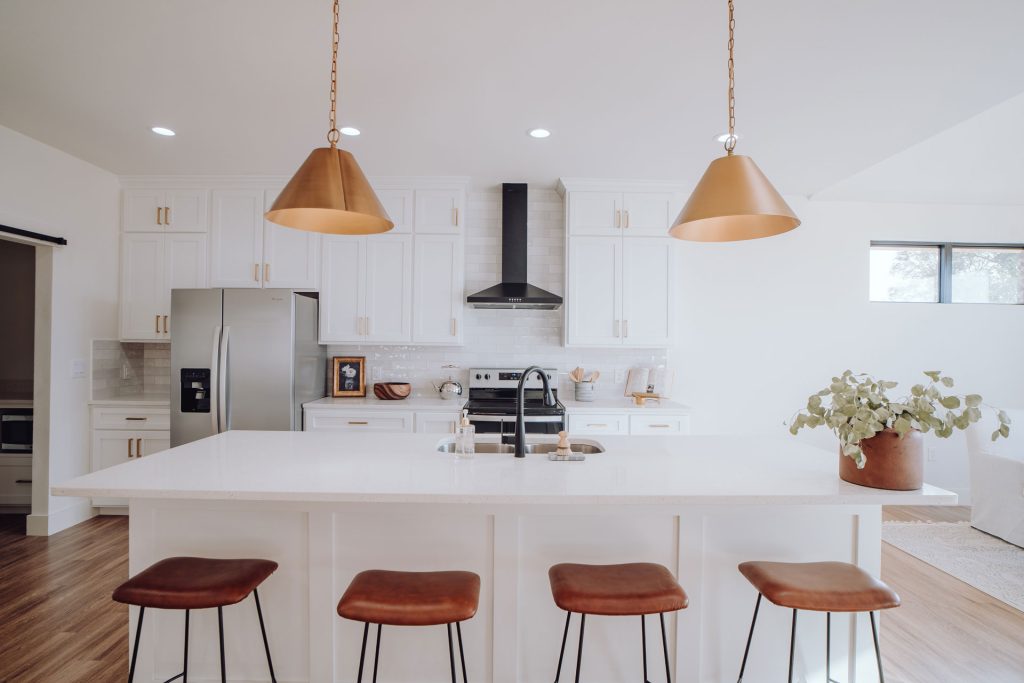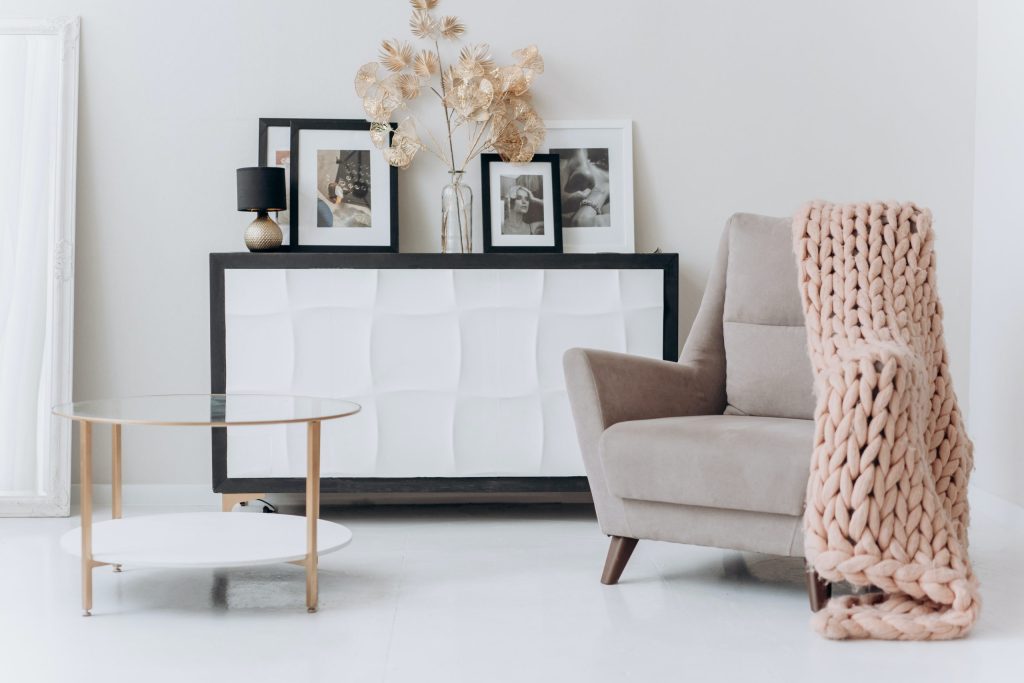In the era of material abundance, pursuing a minimalistic lifestyle has emerged as a transformative choice. As we navigate the complexities of modern living, it is essential to pause and reflect on the principles that guide our choices. I wanted to share a Redfin article which I’m featured in, because the 11 questions that are presented can help to serve as a compass on your journey toward a more intentional and clutter-free existence.
Whether you rent an apartment in Boston, MA, or recently purchased a home in Bridgeport, CT, ask yourself these key questions to help you pave the way for a more mindful and purposeful life.
11 Questions to Achieve Minimalistic Living in Your Home
by Ryan Castillo – Content Marketing Manager, Redfin – Seattle, WA
1. Do you use, need, or love it?
Professional home organizing company, The Home Organisation, shares, “There are three questions to ask yourself when editing your things – do I use it, do I need it, or do I love it? Regardless of the cost of the item or how much you love the person who gave it to you, if it’s not fulfilling at least one of these roles, you need to question whether you want it in your home.”
“Keeping questions practical and related to the use and aesthetics of the physical item helps the homeowner focus less on the emotional attachment they might have (which can prevent them from letting go) and helps them make decisions more easily,” adds professional organizer and life architect Francesca Verri.

2. Is there historical significance?
Margot Note Consulting notes that when sorting belongings a homeowner should ask, “What is the historical or personal significance of this item?” and “Does this item represent a unique aspect of our family’s traditions, heritage, or cultural background? These considerations are crucial for making thoughtful decisions about preserving meaningful artifacts and memories. It helps create a curated collection that reflects a person’s unique history and experiences.”
3. How can you categorize items?
“If moving, it is important to simplify by going room by room and categorizing items that need to be pared down,” says Jocelyn Stuart of Jocelyn Stuart Home Editing. “Adopting a more minimalist approach before packing for a move saves you money and makes moving to a new home much smoother and more rewarding. This can be difficult with sentimental items, but sometimes those items cost a lot to keep.”
Simplifying doesn’t mean giving up the things you love. It means living with the pieces that matter and have a purpose.
4. Is this something that adds value or stress to your life
Too much of a good thing may create more work to maintain your home.
The Clutter Curator shares, “When looking at items in your home, think about the real estate they take up. We have clients who store memorabilia or bulky seasonal items in spaces that could hold items they need daily. We like to remind them that they are paying for every inch of their home and ensuring the items they are storing are worth the space they are taking up.”

5. How do you want your home to feel?
In a year from now, how do I want my home to feel? What are the values that I want my home to emanate?
Some examples that Life Remade shares are simplicity, joy, and peace. “When going through your decluttering process, ask yourself what decisions you must make to arrive at that result in one year. This can help you to prioritize tasks, organize items, purchase or not purchase certain items.”
6. What makes it hard to part ways with this item?
The answer to this question will likely be a limiting belief,” remarks Kim Sneath. “For example, I just can’t part with sentimental things, or I might need them one day. A follow-up question to clear the limiting belief so it doesn’t have power over you is, ‘How strong is this belief 0 to 10, and how does it make me feel?’”
7. What do you want, use, and love to do?
Nurture detachment is what nomadic traveler Julie Devivre recommends.
“Ask yourself what you want, use, and love to do, and let your personal space, possessions, and conveniences around you reflect that. Instead of setting out to ‘detach,’ which might backfire, search for what feels good inside, and detachment will be a natural ripple effect.”
8. What if an item fell off a truck?
“One of my favorite questions is ‘If this item were to fall off of the moving truck, would I feel devastated or relieved,” notes Jana Arevalo, a declutter coach for military spouses at The Organized Military Life. “This question helps to focus my clients on their internal feelings about a certain item and is helpful whenever someone gets stuck in the decluttering decision process.”
If you are making a move, Wellness Lifestyle Expert Founder of The Culinary Cure Kristen Coffield also recommends using 3 boxes when going through your kitchen: a keep, donate, and trash box. This prevents messy pile management and makes it easy to get trash and donations out quickly.

9. Would you buy it again today?
“As a junk removal company, we often encounter bulky items that occupy significant space but are seldom used,” states EZ CleanUp. “Asking, ‘Would I buy this item again today?’ is crucial. It helps homeowners realistically assess the item’s current value and utility.”
For example, if a pool table is gathering dust, this question can guide homeowners to decide whether it’s worth the space it consumes. This often leads to a decision that frees up valuable space in homes.
10. Do you own a similar item?
Do I own another item that holds the same purpose? If it’s a kitchen item like a spatula and you have 7 of them, how often are all 7 in use or in the dishwasher?
“Keep 3 to 4 and donate, or toss the rest,” recommends By Saki, a style and organization expert. “If it’s a wardrobe piece like a denim jacket, do you have other light jackets you gravitate towards first? Does it fit you how you want it to, and do you feel beautiful?”







